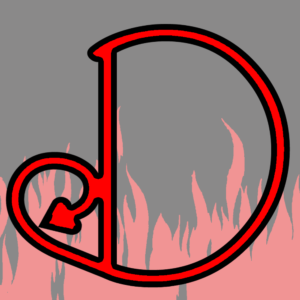
First of a two-part chat loosely themed around the rivers of the underworld, which marked the borders of heck in Greek-Roman myth and still have echoes today.
Audio challenge of the week, we had to switch back and forth between the better recording and backup recording, oi. So that’s a bit on the variable audio in part one and two. Apologies…
Make your own “Gates of Hell” cocktail on Epicurus. Fondue Malfunction is our new band name. BBQ Addicts posts an ACTUAL recipe for a Bacon Explosion. Who knew?
A small selection of Naraka/Hindu hellish torments at right. There’s a strong “contrapasso” theme with these: the transgression paired with the torment, sometimes in a way that clearly parallels, others are perhaps more distanced. These torments are a little extreme (idle chatter leads to burning, etc.) but Naraka is a temporary, purgative sort of afterlife, not eternal.
Love the easily accessible comic book style of these.
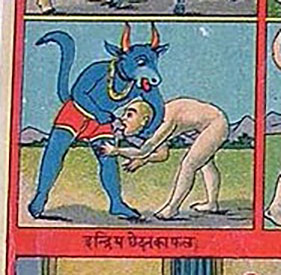
Jacob would very much like to know what’s going on here, however, and wonders if this was misfiled under “torment.” Dante suggests that we choose our hell and choose not to leave, but this probably isn’t what he meant.

Lowly the Worm’s extremely cute apple car, from the world of Richard Scarry. And Vishnu’s amazing underworld pants.
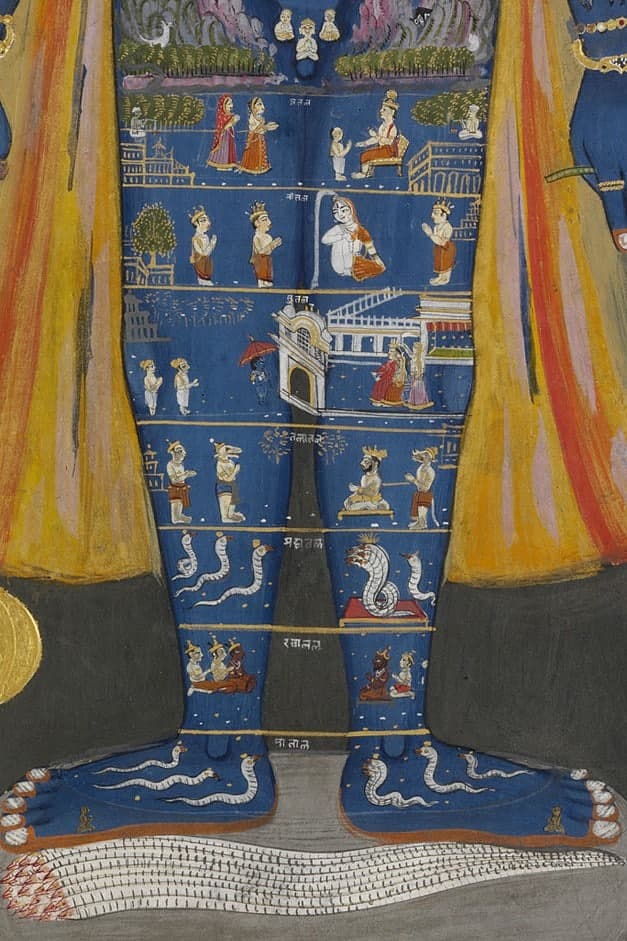
It is REALLY HARD to get agreement on the exact infernal geography of the five rivers of the underworld. Broadly, the Oceanus (the great river/ocean around the world) flows into or borders the Acheron, which flows down to Hell. Because the geology is three-dimensional, these rivers can reasonably run over and under each other, and the Styx or Archeron variously serves as the border marker of the Underworld itself. Searching around for maps of the underworld just leads to more confusion. It’s worth remembering that the myths were made for and by storytellers, not cartographers, and to quote a great poet, “repeat to yourself it’s just a show, you should really just relax.” I do like the more infographic-flowchart map at right, though. Original image post from the excellent Human Odyssey project.
So far as “mythic context” goes, I’m not sure the website Theoi.com can be beat, it’s a fantastic aggregator for mythic references. Check their page on Styx, and Pyriphlegathon and the other underworld rivers/potomoi. And then go to Wikipedia for more information on Potomoi, the anthropomorphic personifications of quite a number of rivers, including more than a few fictional/mythical ones.
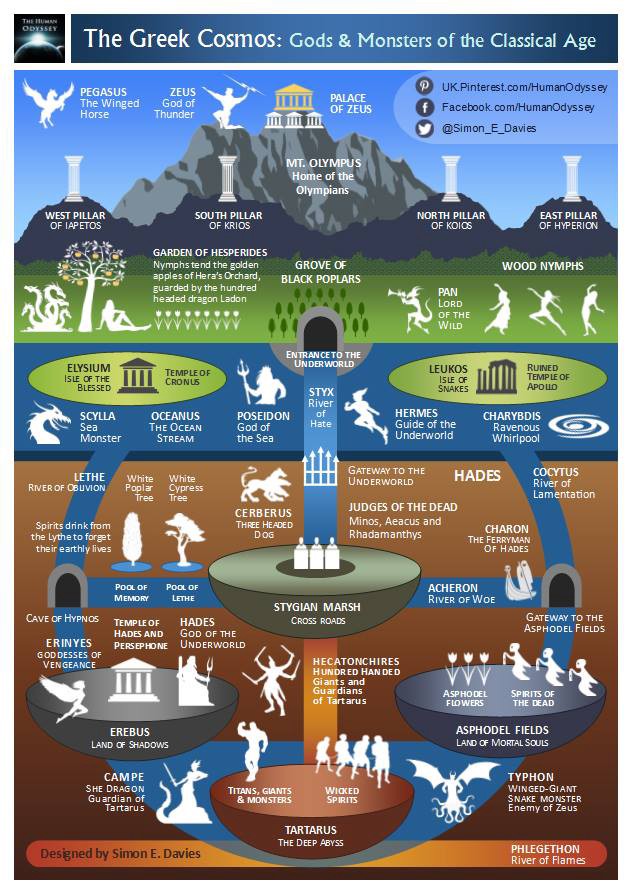
Penny for your thoughts? Jacob says: I first learned about obols in, predictably, a White Wolf game – “Wraith the Oblivion,” where they were the dominant currency in the faintly hellish underworld for the setting. And, also, something that your character could become if they were in the wrong place and wrong time, as a soul could be smelted down to a single obolus coin, later to be redeemed for valuable goods and services or a round of skee-ball at the Stygian arcade. Probably not.
Exchange rate: six obols equals one drachma, or a handful (the word comes from drassomai, “to grasp.” Obol is basically “nail,” sort of a unit of money and/or measurement.)
Anyway, in Greek funerary practices, a body was buried with an obol in their mouth. Since burial practices were so extremely important mythologically and as a way of emphasizing the importance of society and ritual, an obol seemed to symbolize burial as an act, the price of the ferryman. The coin at right was a special just-for-funerals version of the coin, not for currency (except in a metaphorical sense.) I like the “bee” motif on this one, Victoria’s a beekeeper and this will definitely come up in a later episode!
We talk about Mon in this episode and in E4 a bit, it’s the smallest unit of currency in Japan from about 1350 to 1860. I can’t figure out what a single mon was worth…not much.
Where does your soul go when you die (according to the Greeks?) Probably the Fields of Asphodel, which is not particularly awful, although it seems to be at times quite bleak and mirthless (at least in the Odyssey this is the case.) It sounds generally like it’s not bad, if a bit boring. But from the perspective of a military or self-bettering, striving culture (that is, Greek and Roman) it doesn’t sound very desirable…an endless sameness.
The Elysian Fields is pretty much the same, but and endlessly pleasant place, untouched by sorrows. The Islands of the Blessed may have been in that same zip code, which are not just pleasant but paradisical. Getting there, though, is the quest of at least three lifetimes.
A few less popular locations: the Mourning Fields are where the tragic, or possibly tragically whiney, victims of unrequited love went. The unburied, or those who couldn’t pay Charon, were left on the banks of the Acheron (or possibly the Cocytus or Styx, depending.) All of these locations were broadly in Hades or the proper Greek Underworld.
Tartarus was a different case: It’s as far below the underworld as the underworld is below the surface, and is initially reserved for people that have uniquely pissed off the gods (Sisyphus, a couple of giants, and some other people who really irritated Zeus.) Later on, it was also a holding pen for murderers, temple robbers, and presumably people who park in electric car recharging spaces without plugging their car in. Tartarus is also the name of one of the most powerful beings in Greek myth, a primordial along the lines of Chaos and Gaea.
Fiddler’s Green, apparently, is a sort of happy afterlife for sailors, a perpetual after-hours party with music and dancing. As Jamin says, it’s reserved for sialors who had spent 50 years at sea, though I suspect that the entry requirements vary. Jacob has it quite confused with a few other related concepts: Cockaigne (a medieval land of plenty where grilled geese fly straight into your mouth), the more fictional than mythical hobo’s Big Rock Candy Mountain, and the legendary Prester John and his kingdom, which is more a story of foreign opulence and allies afar than an afterlife/otherworld, but it was a magical otherworld, and so it probably drew from Cockaigne and the other way around.
Book recommendation! “Why Hell Stinks of Sulfer: Mythology and Geology of the Underworld” is a good one. A geologist journeys underground and into “the gobstopper” with Dante.
A fair bit of our talk about “otherworlds” comes from Patch’s “The Other World” but it’s kind of hard to order unless you want to buy an overpriced out-of-print academical.
If you’d like to get a nice look at the actual-factual Styx, obscured somewhat by privileged youth, visit Youtube. If you’d like a look at the actual-factual River Lethe, you may need to visit Cadiz?
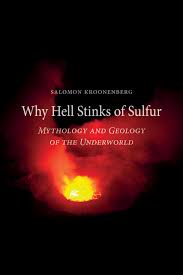
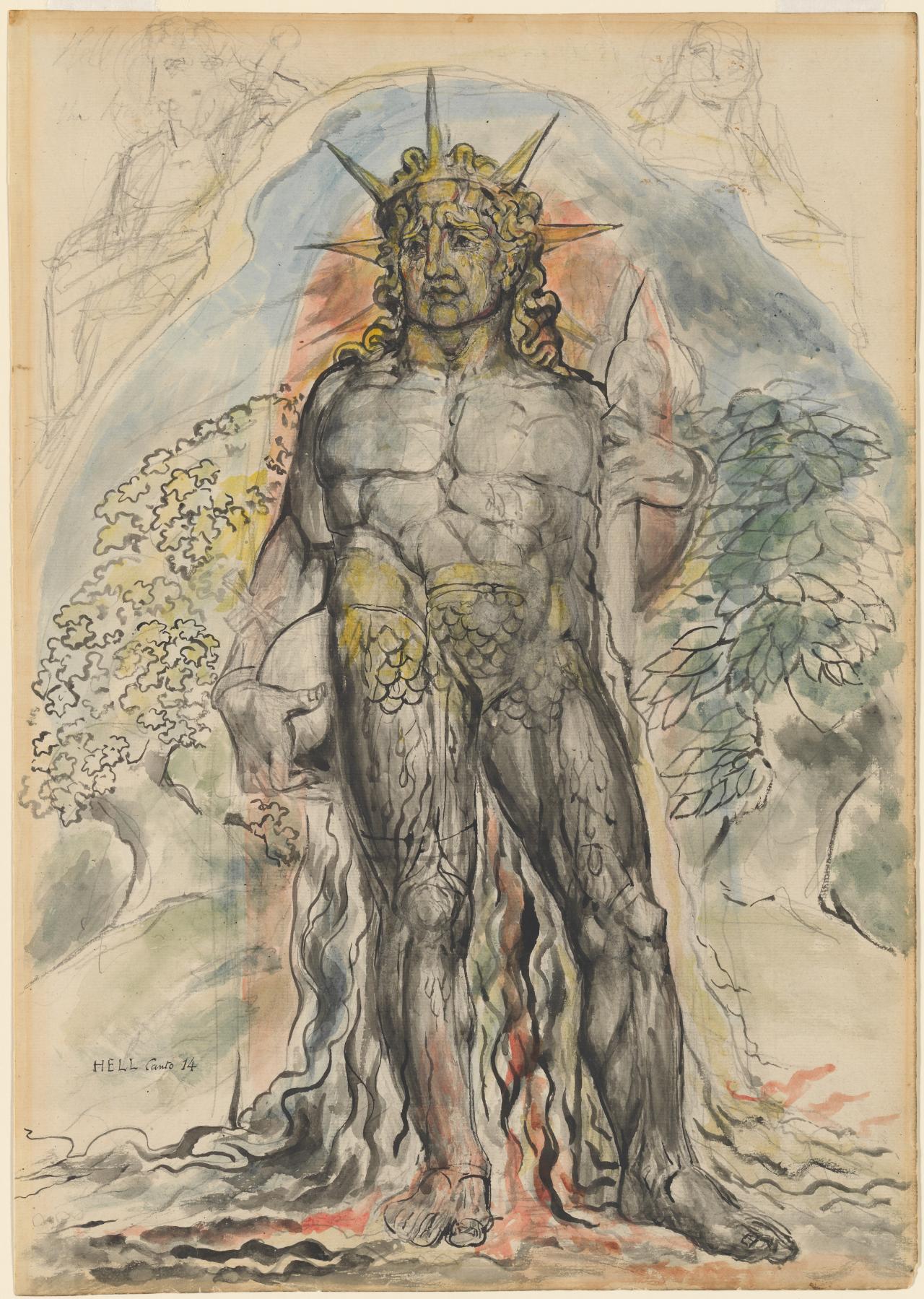
The Old Man of Crete: A strange chimerical allegorical statue that shows the progress and decline of man, basically…its head is gold, its feet are clay, something something failure of the church something iron age something. I do like Dante’s image of all the rivers of hell sourced from its tears, that’s powerful and adds a sort of futility to…everything really. Go Dante! Jamin points out that it is quite quite similar to the Dream of Nebuchadnezzar: “the head was made of pure gold…its feet partly of iron and partly of baked clay.” Dante does borrow a fair bit, but when a truly great poet does it, it’s allusion.
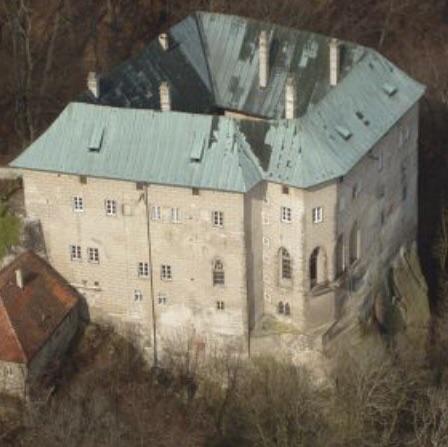
Briefly distracted by Houska Castle! This Czechoslavakian 13th century house on a cliff is…quite strange. Many fake windows, no fortifications, and few amenities that you might expect in a 13th century house or fortress (no water source, no kitchen, and for quite some time, no occupants.) The always fun Geographics channel has a nice “legends of Houska” video. A nice “legends” writeup on McGee’s Ghost Tours. Jacob: I confess, this seems too good to be true, I’d love to see a more scholarly/less sensational tour of the place, though it’s beautiful and strange for sure.
Unrelated, Hruska’s Bakery has excellent kolaches and cheeseburgers, and is conveniently located for your next trip to Houston.
Podcast: Play in new window | Download
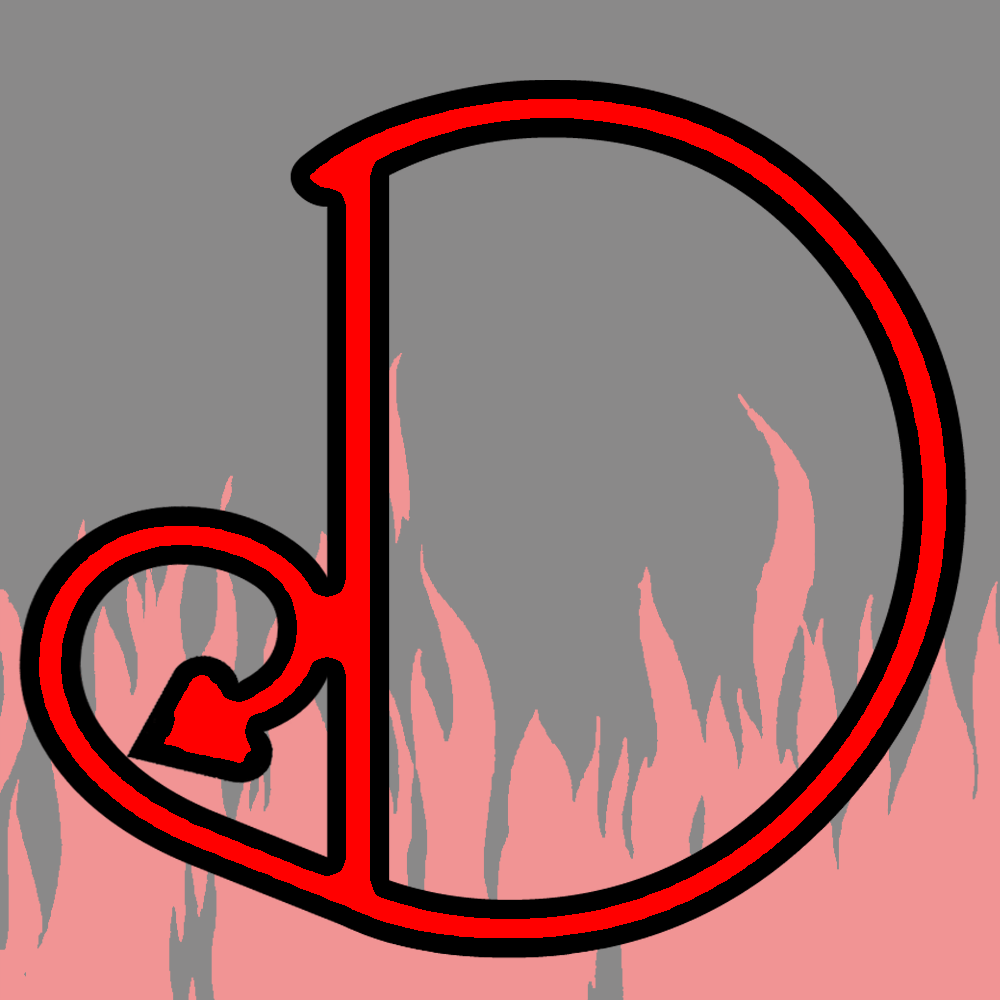
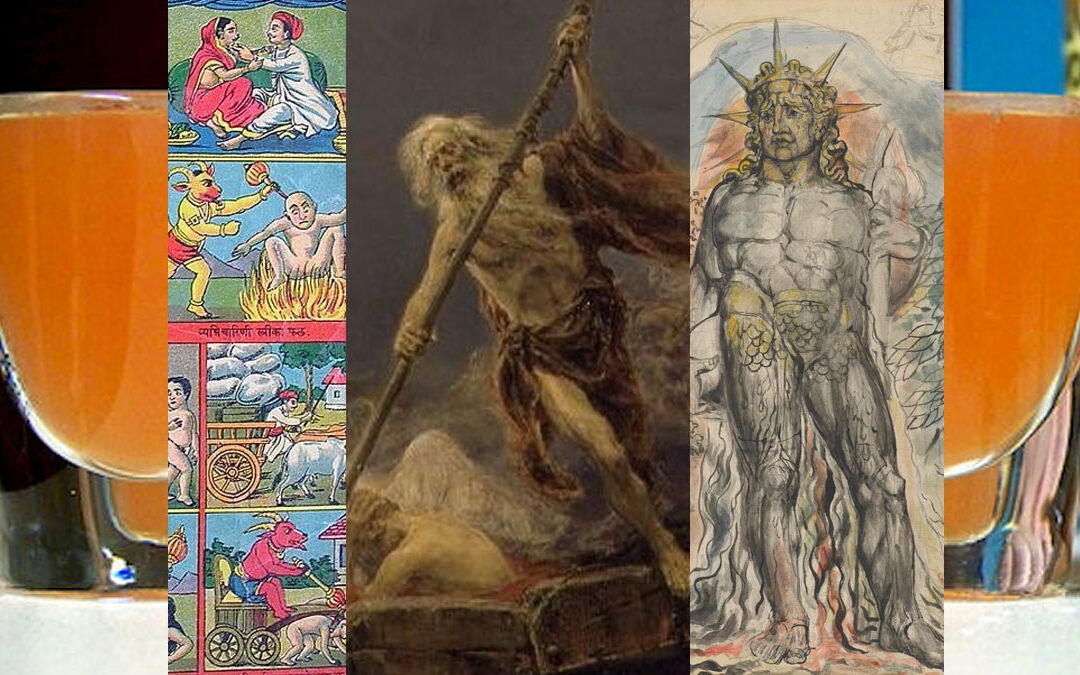
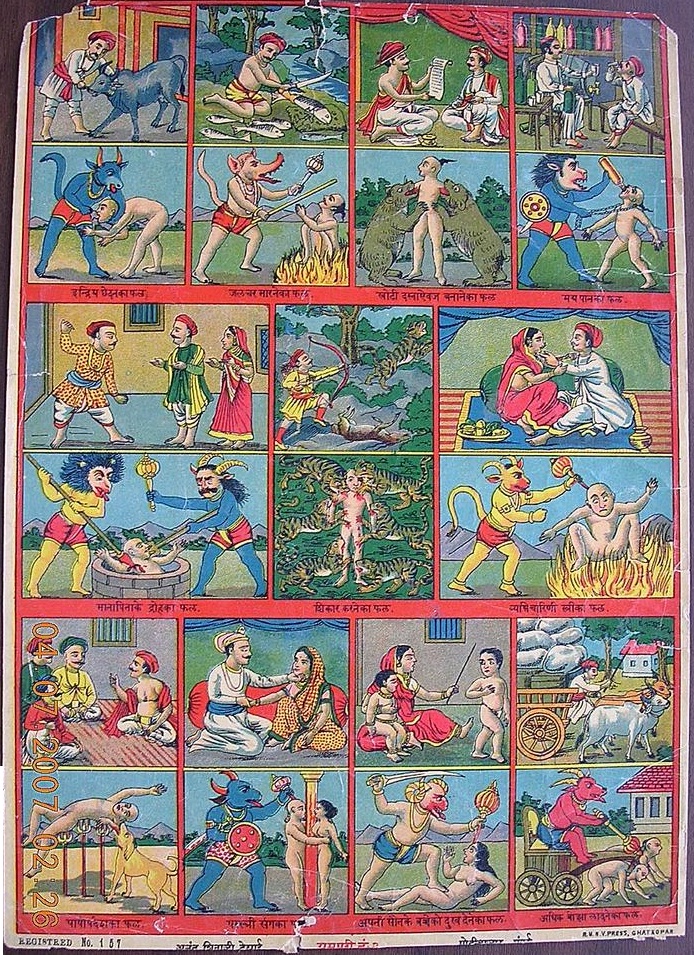

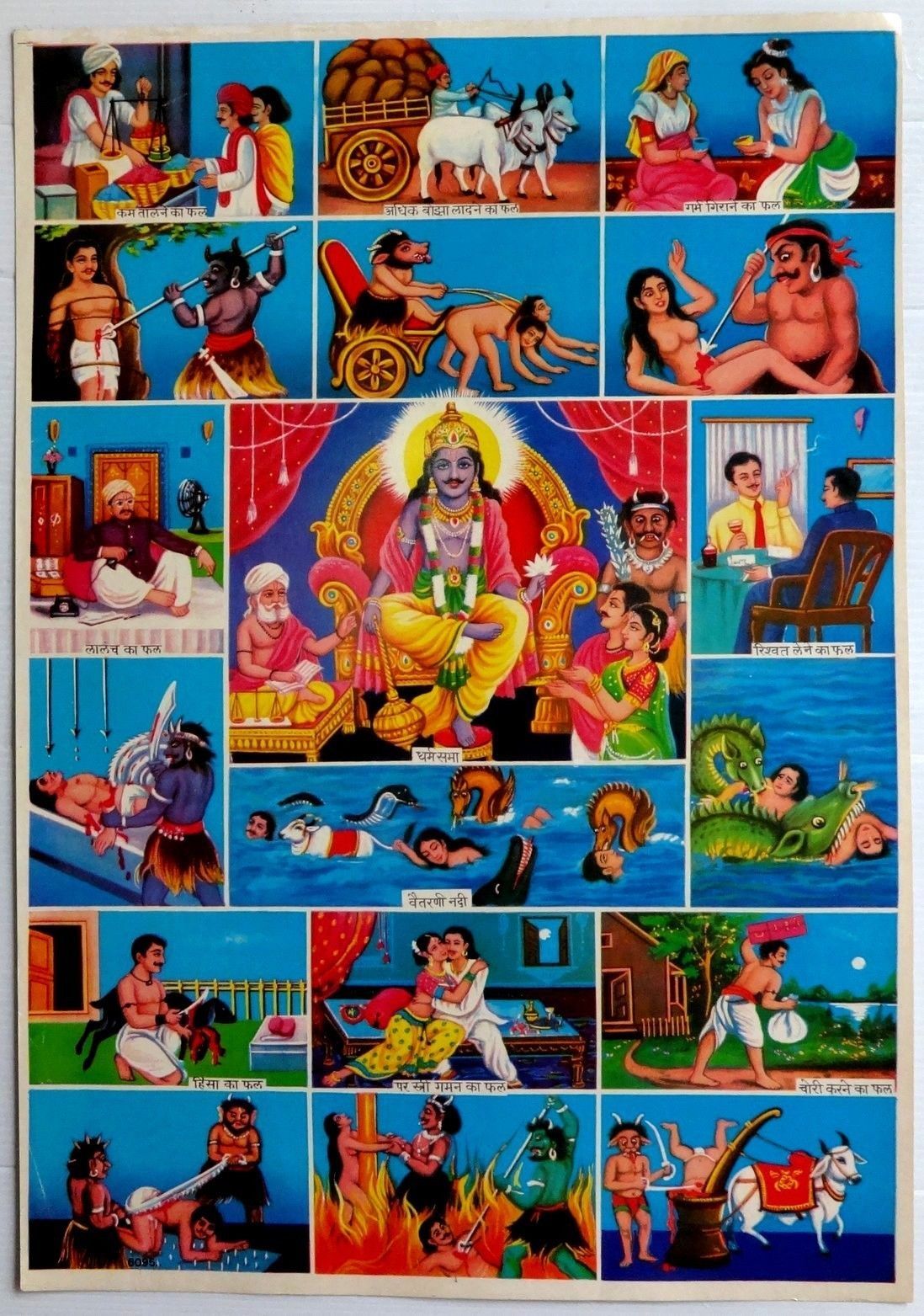
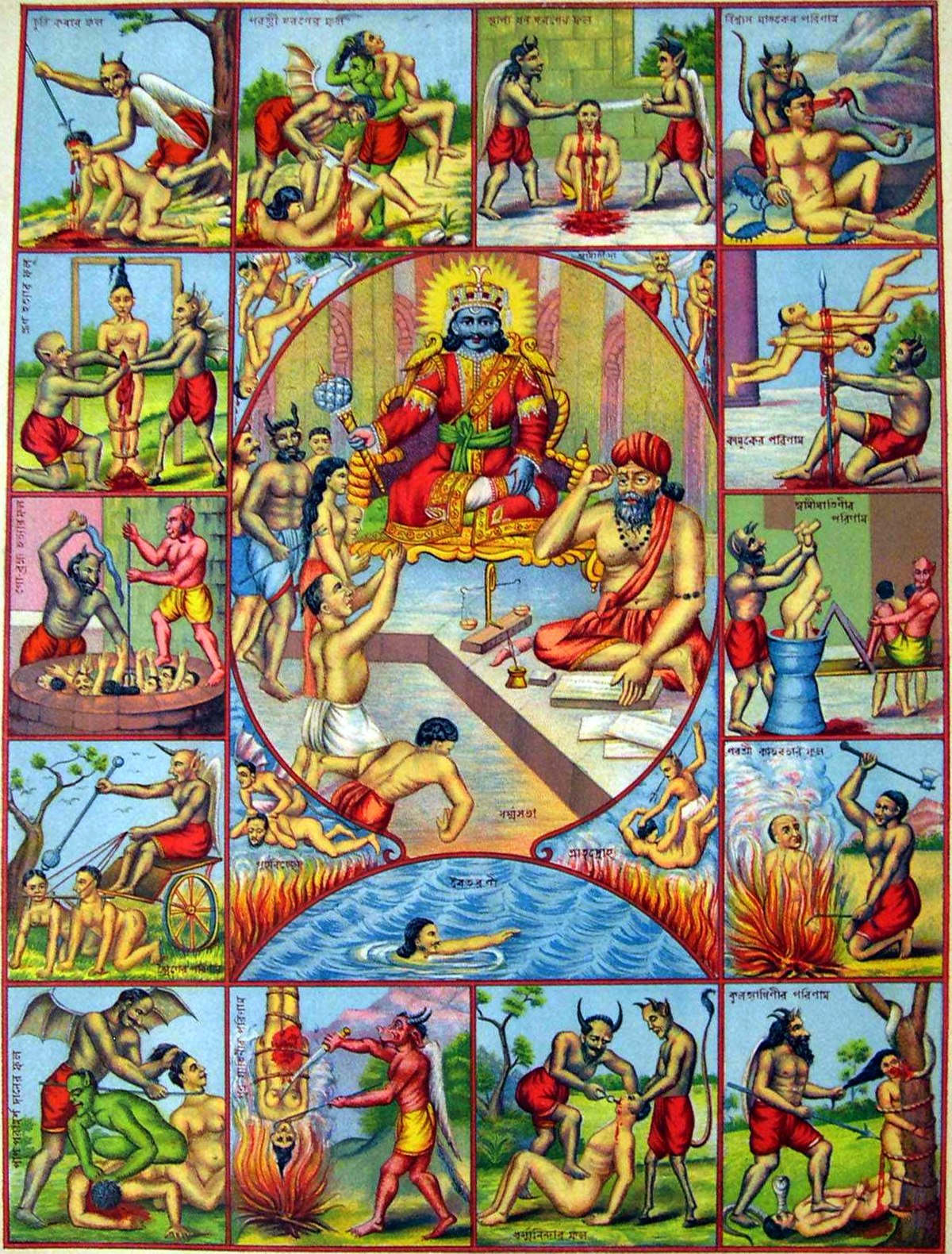
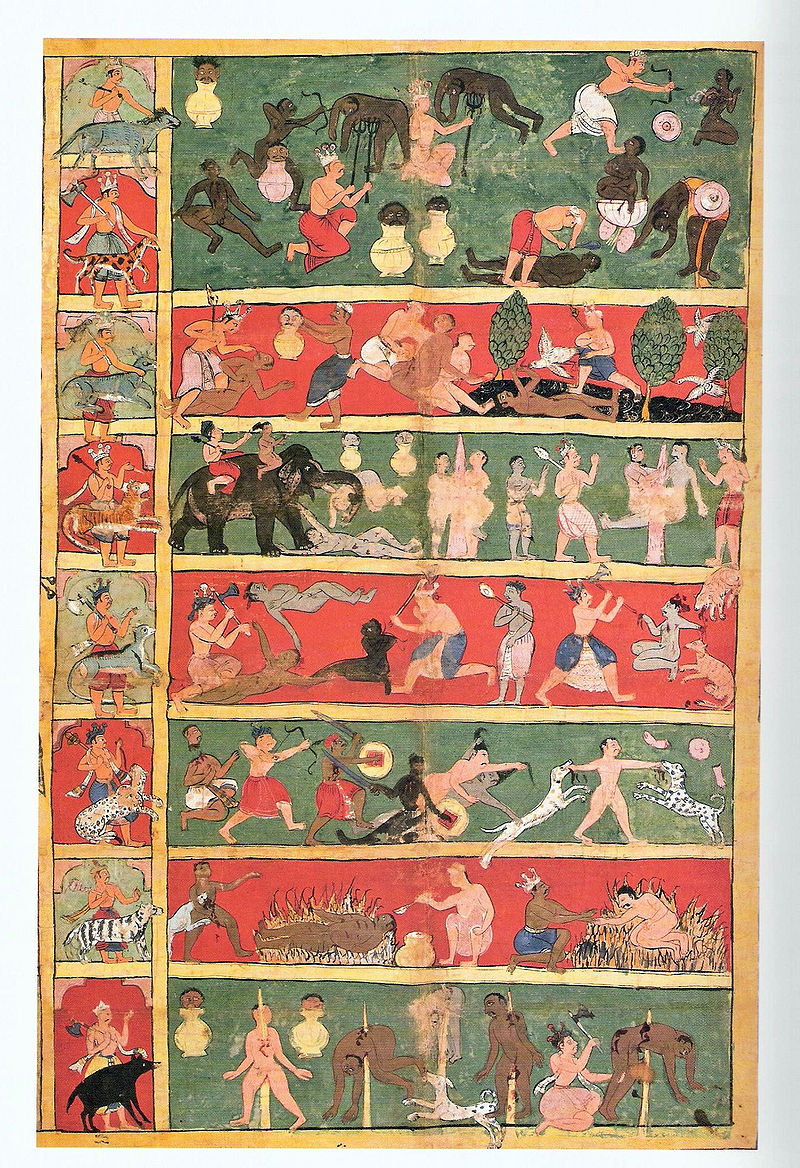
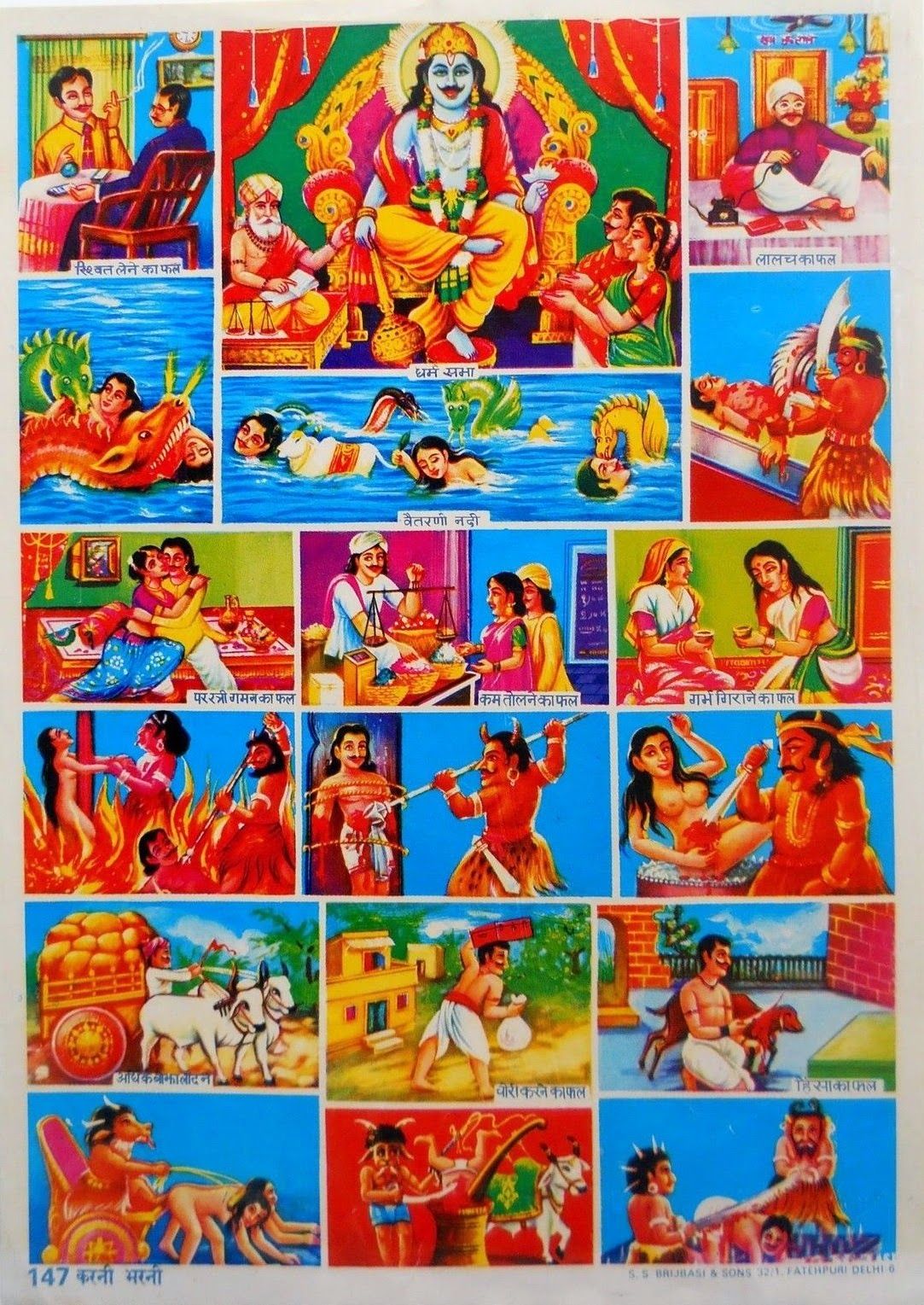
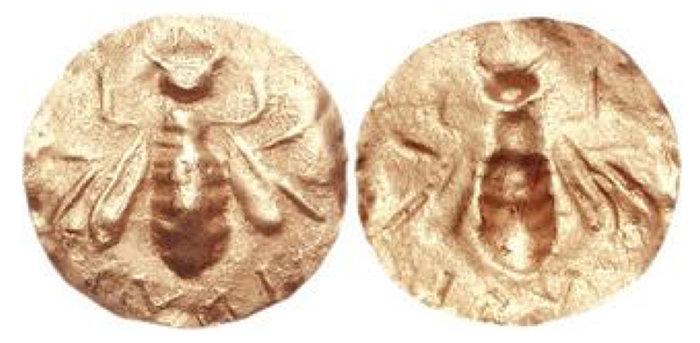
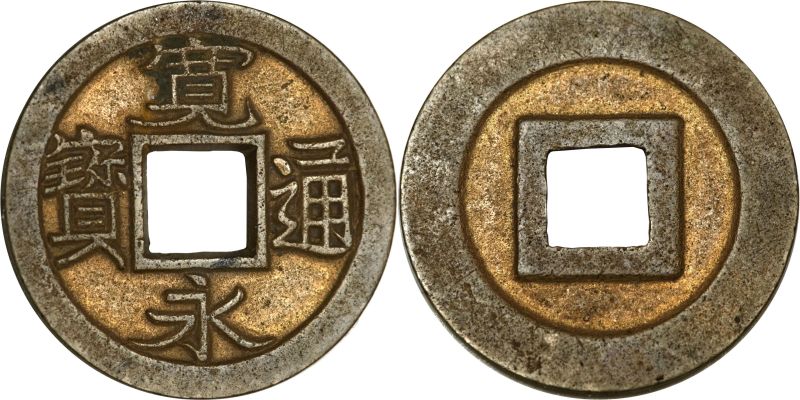
Recent Comments